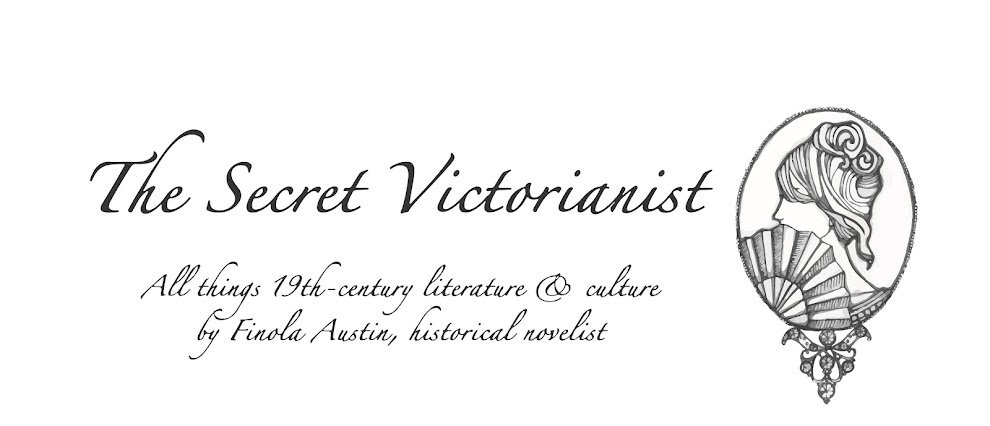One of the biggest objections you
could make to the otherwise accomplished novels I’ve looked at as part of my
Neo-Victorian Voices series is that they are often peopled with ‘Mary
Sues’—idealised characters who have surprisingly 21st-century morals
and ambitions despite the 19th-century setting.
In Michel Faber’s The Crimson Petal and the White there
was the implausibly educated proto-feminist prostitute Sugar, in Erin
Morgenstern’s The Night Circus the magical
Cirque des Reves allows its inhabitants to live outside the strictures of
Victorian society, and in Natasha Pulley's The Watchmaker
of Filigree Street love blossoms between a civil servant and his Japanese
watchmaker friend, without any internal struggles about the practicalities of pursuing
an interracial homosexual relationship in 19th-century London.
 |
| Valerie Martin (1948-) |
Valerie Martin’s Property, winner of the 2003 Orange
Prize, runs into no such issues. With unflinching realism it tells the story of
a white plantation owner’s wife in the American South, in her own words—and her
views are every bit as foreign to our modern way of thinking as you’d expect.
Manon Gaudet is a victim of a
patriarchal society, epitomised by her nameless and tyrannical husband. She’s
denied the right to own property or determine the course of her life and is
unable to ward off her husband’s unwanted sexual advances. But she fails to
note the obvious parallels between her position and that of the black slave
Sarah (by whom her husband has fathered two children) or that her position is
one of extreme privilege when compared to all the slaves owned and used by her
husband.
Instead she is a perpetrator of
abuse. She judges her husband for his cruelty in the opening moments of the
novel, as he ‘tests’ the young men on the plantation and whips one for getting
an erection in the course of his twisted game. But it becomes increasingly
clear that she dehumanizes the slaves too, and, in one of the most shocking
moments in the novel, she takes possession of Sarah’s body, just like her
husband, drinking milk from her breast to comfort herself on the death of her
mother.
Reading Property as a white woman makes you feel dirty, horrified to think
that you might be Manon had you been born into the world she inhabits. At the
start of the novel, I was worried that the villainous husband was a little too
morally straightforward, that this would be a book that put the ‘blame’ for the
problematic history of the American South squarely on white men, but the ending
shows that this is a story about how escaping a racist patriarchy doesn’t just
mean escaping one man or men. Manon is part of the problem, even if she suffers
for it. And Martin isn’t going to swoop in with a moment of unlikely revelation
for her, even if her protagonist is aware that others, in the North, think
about black men and women differently.
Short, tautly written and quietly
brilliant, Property is well worth reading—just don’t expect a happy ending.
What should the Secret
Victorianist read next in the Neo-Victorian Voices series? Let me know—here, on
Facebook or by tweeting @SVictorianist.






































